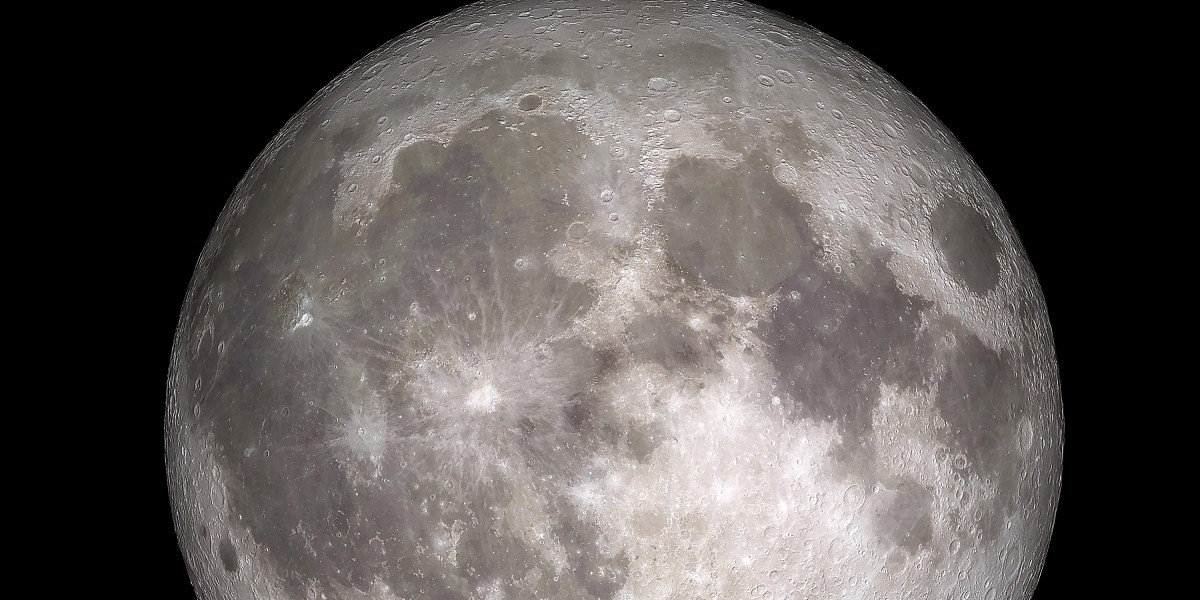The Download: what’s next for the moon, and facial recognition’s stalemate

It’s been more than 50 years since humans last walked on the moon. But starting this year, an array of missions from private companies and national space agencies plan to take us back, sending everything from small robotic probes to full-fledged human landers.
The ultimate goal? Getting humans living and working on the moon, and then using it as a way station for possible later missions into deep space.
From private missions to hunt for water ice to much-needed updates to international lunar laws, here’s what’s next for the moon. Read the full story.
—Jonathan O’Callaghan
Jonathan’s piece is part of our What’s Next series, which takes a look across industries, trends, and technologies to give you a first look at the future. You can check out the rest of the series here.
How face recognition rules in the US got stuck in political gridlock
The US state of Massachusetts has become a hotbed of debate over police use of face recognition. Lawmakers there are considering a bill that would represent a breakthrough on the issue and could set a new tone of compromise for the rest of the country.
Tate Ryan-Mosley, our senior tech policy reporter, reported last week on how the governance of facial recognition is being held up in a unique type of political stasis. That’s because the battle between ‘abolish face recognition’ and ‘don’t regulate it at all’ has led to an absence of action. Compromises are the only way forward. Read the full story.


